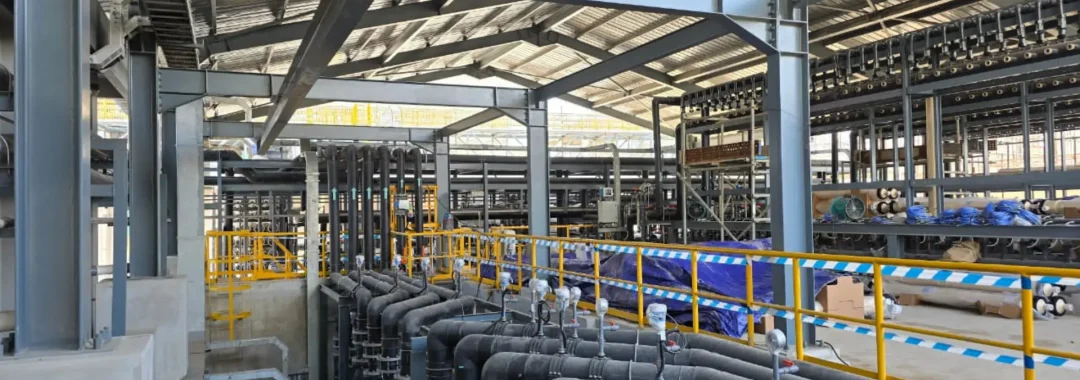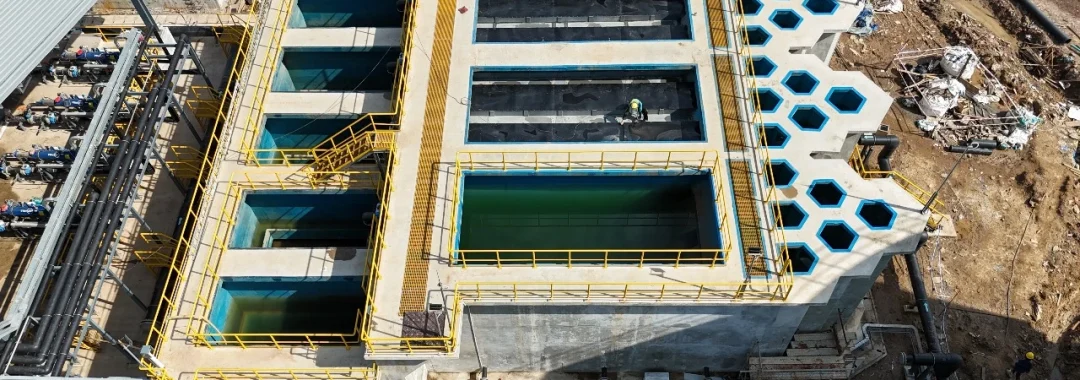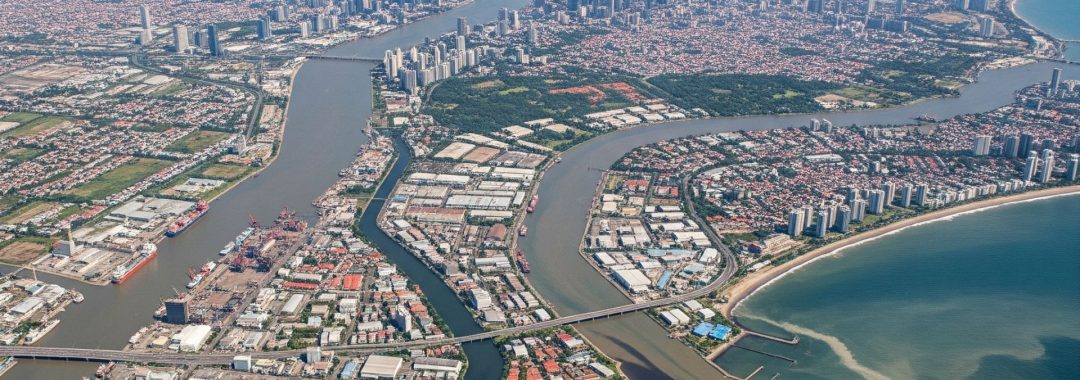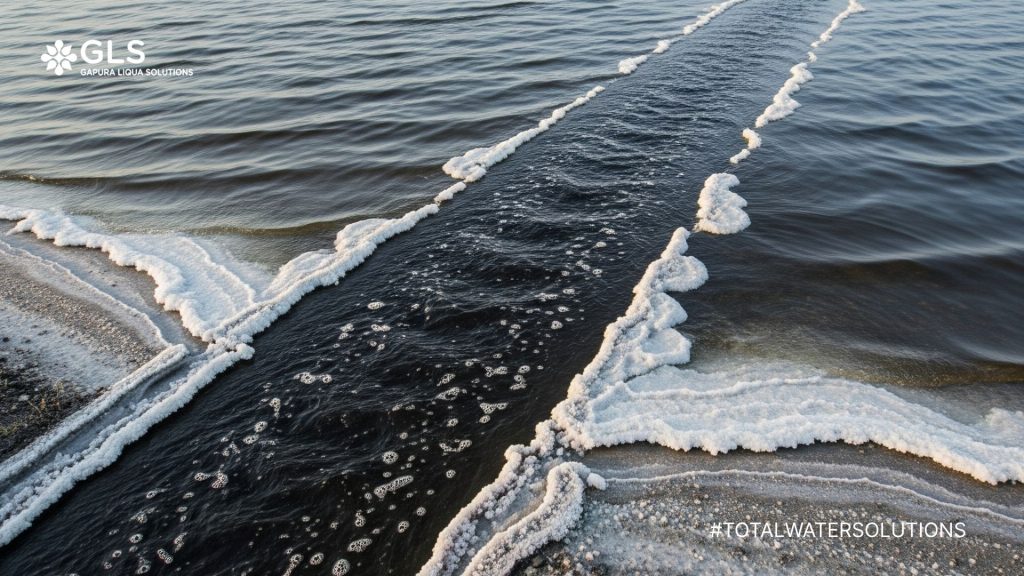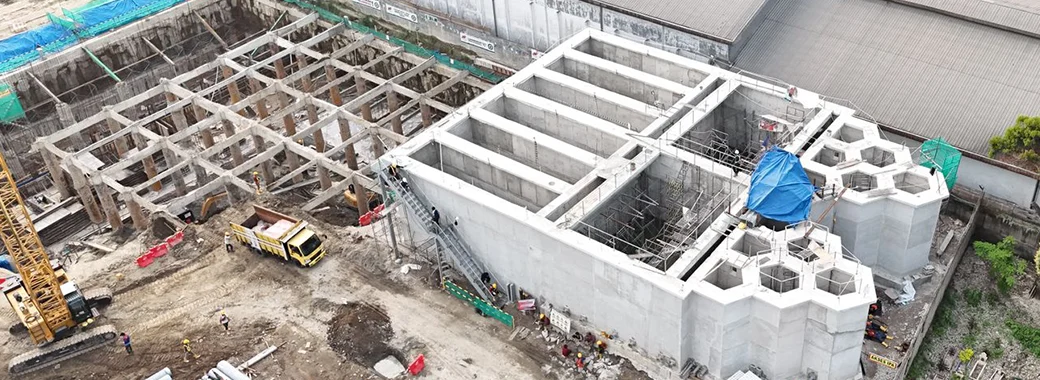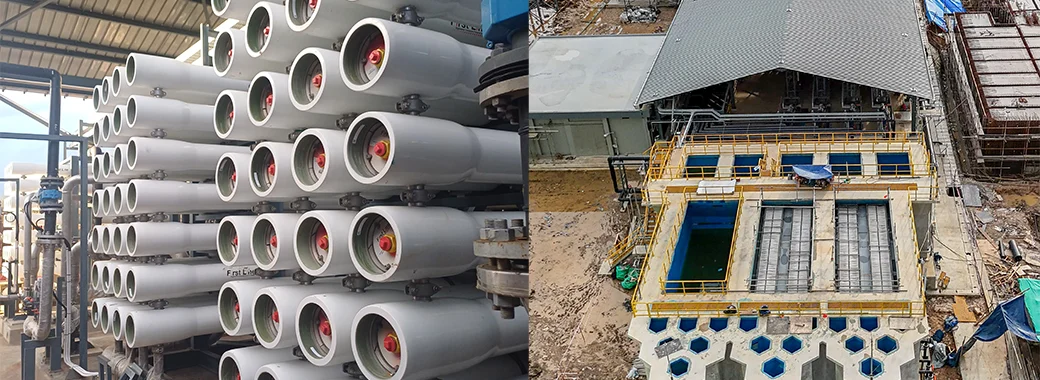Choosing a Seawater Treatment Company in Indonesia: A Strategic Decision for Your Industry’s Future
Have you ever imagined a day without clean water—not just for drinking, but for the very machinery that drives your industry? In Indonesia, this is no longer a hypothetical question. With increasing water stress, industrial leaders face a critical choice. To secure operations and future-proof their business, the most strategic decision is to partner with an expert seawater treatment company in indonesia. This isn’t just about sourcing water; it’s about ensuring business continuity and transforming a critical risk into a competitive advantage.
Indonesia’s Water Risk & The Role of a Seawater Treatment Company
For industries located in coastal areas, the traditional reliance on groundwater is becoming increasingly unsustainable. Data from government bodies like the Ministry of Public Works and Public Housing (PUPR) has indicated a decline in both the quality and quantity of groundwater in several key industrial zones. This presents a direct threat to your operations.
Ignoring this challenge can lead to severe consequences:
- Operational Downtime: A sudden shortage or contamination of your water supply can halt production entirely, resulting in massive financial losses.
- Increased Production Costs: Relying on trucked-in water is logistically complex and exorbitantly expensive, directly impacting your bottom line.
- Accelerated Equipment Failure: Using poor-quality water can cause scaling, corrosion, and fouling in your critical equipment, leading to costly repairs and premature replacements.
Therefore, the conversation about water is a conversation about the future resilience and profitability of your business.
Why Partnering with a Seawater Treatment Company in Indonesia is Now a Necessity
In this new reality, turning to the most abundant resource available—the sea—is the logical next step. However, desalination is a complex process that requires specialized expertise. This is why choosing the right seawater treatment company in indonesia is a crucial decision that offers strategic advantages.
Mitigating Operational Risk
A professional partner doesn’t just sell equipment; they provide a reliable, end-to-end solution. This includes proper system design, installation, and ongoing maintenance, which significantly reduces the risk of unexpected shutdowns and allows you to focus on your core business.
Achieving Long-Term Cost Control
While there is an initial investment, an on-site desalination plant provides a predictable, fixed cost for water. This is far more manageable than the volatile and ever-increasing costs of purchasing and transporting water, thereby providing you with better control over your operational budget.
Ensuring Sustainable & Compliant Operations
A reputable company will design a system that not only meets your water quality needs but also adheres to environmental regulations set by bodies like the Ministry of Environment and Forestry (KLHK), particularly concerning the management of brine (saltwater concentrate).
Vetting a Seawater Treatment Company in Indonesia: Key Criteria
Not all providers are created equal. As a decision-maker, your procurement process should vet potential partners on several key criteria.
Proven Technical Expertise (Desalination & High-TDS Water)
Your partner must have deep, proven expertise in desalination technologies like Seawater Reverse Osmosis (SWRO). Furthermore, their expertise should extend to all forms of high-TDS water, including brackish water, offering solutions like BWRO systems. This demonstrates a comprehensive understanding of membrane technology.
Comprehensive, End-to-End Solutions
Look for a company that offers more than just hardware. A true partner provides turnkey solutions: from initial water analysis and system design to installation, commissioning, and long-term operational and maintenance support. This is the core of our philosophy at PT. GLS—we handle your water so you can handle your business.
Understanding of Local Indonesian Regulations
An experienced seawater treatment company in indonesia will be well-versed in local standards, such as the drinking water quality guidelines set by the Ministry of Health (Permenkes). This ensures that the water produced is fully compliant and safe for its intended use.
Conclusion: Why PT. GLS is The Right Seawater Treatment Company in Indonesia for You
Talking about water today is, in fact, determining the future of your industry tomorrow. It’s about shifting from a reactive mindset of simply using water to a proactive strategy of managing it as a critical asset.
At PT. Gapura Liqua Solutions (GLS), we are the leading seawater treatment company in indonesia dedicated to this philosophy. We don’t just provide equipment; we deliver water security. Our services, from full-scale Seawater Desalination plants to innovative resource recovery systems, are designed to make your business more resilient, sustainable, and profitable.
- Let’s discuss a long-term strategy for your water security. Contact Us for an in-depth consultation with our engineering team.
- For immediate needs of components or consumables, you can visit our official store to Buy Now.
Frequently Asked Questions (FAQ)
1. What is the first step to starting a seawater desalination project for our facility? The first step is a comprehensive consultation and site assessment. An expert team will analyze your raw water quality, determine your exact water demand, and evaluate the site conditions to propose a custom-designed system.
2. How long does it take to install an industrial seawater treatment plant? The timeline varies depending on the capacity and complexity of the system. A smaller, skid-mounted commercial system might take a few months, while a large-scale industrial plant could take over a year from design to commissioning.
3. What kind of after-sales support does PT. GLS offer? We offer comprehensive after-sales support, including scheduled preventative maintenance, emergency service calls, operational support, and supply of all necessary consumables like chemicals and replacement membranes to ensure your system runs at peak efficiency.
4. Is desalination environmentally friendly? Modern desalination, when managed by a responsible company, is designed to be environmentally conscious. Key features include high-efficiency pumps and Energy Recovery Devices (ERDs) to minimize energy consumption, and properly designed brine disposal systems to protect the marine ecosystem in accordance with local regulations.
Follow us on Social Media
